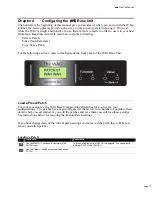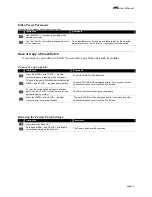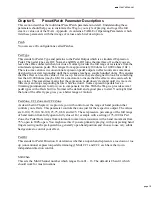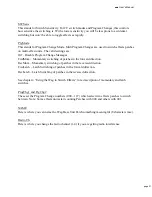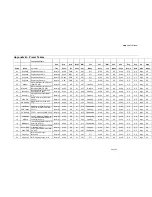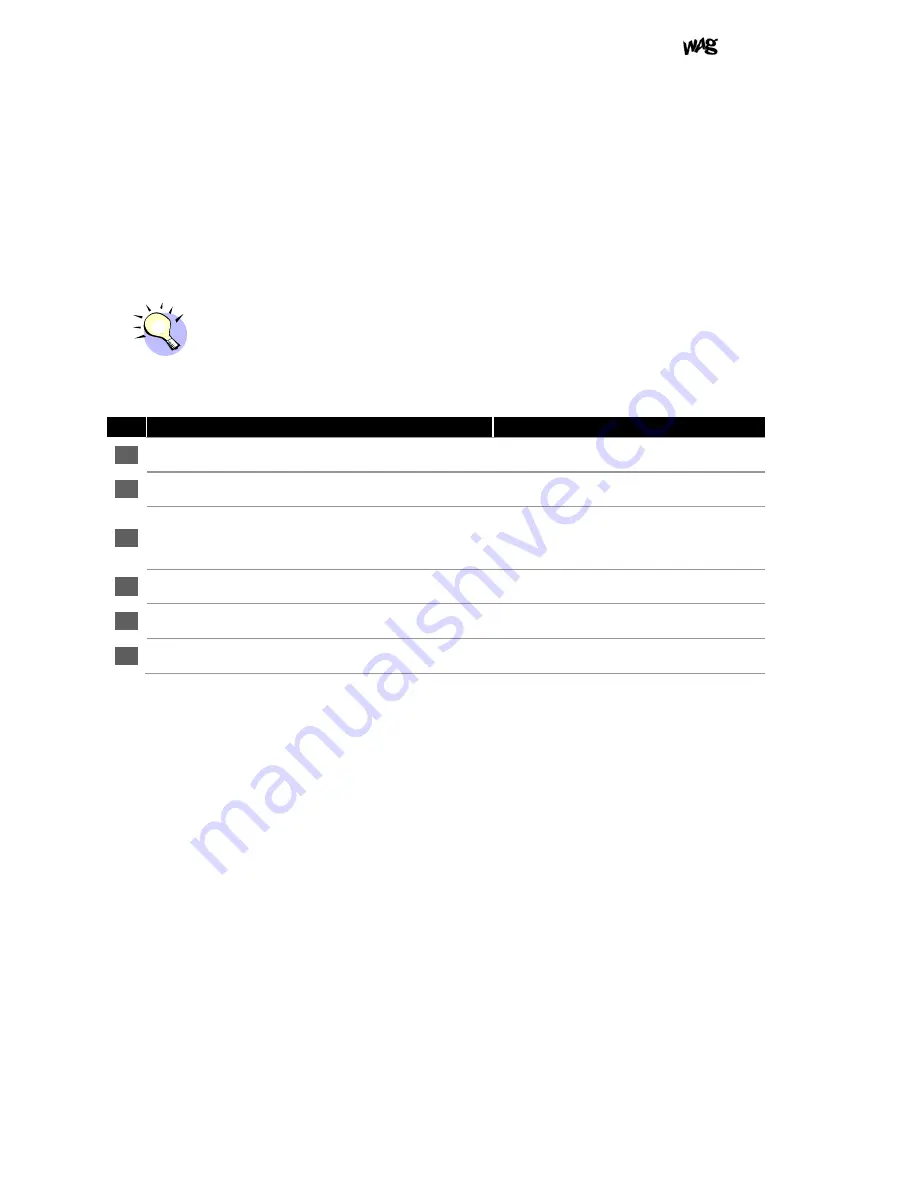
User's Manual
page 10
MIDI Expression Control
In this tutorial, you will use the
WAG
MIDI OUT to control volume. This assumes that you have
an effect unit that allows midi control of volume. The standard MIDI CC number for volume
control is 007 so we use that here. If you are controlling something that doesn’t have volume
control, you will need to change the MIDI CC number at the Base Unit to match a CC number in
the MIDI table found in your effects unit manuals. We also assume you are using MIDI channel
1. Otherwise, you will need to change this at your effect unit or at the Base Unit so that they
match. Our Factory patches have been set up to control some common effects units. See
Appendix C.
Tips 'N Tricks
Midi , while more complex, allows you to use expression control, switch effects on/off, switch effects
patches, and combinations of the above over a single cable!
Tutorial 3 - MIDI Expression Control
Instruction
Comments
1
Make your normal audio connections between your guitar,
effects, and amplifier.
2
Connect a MIDI cable from the
WAG
MIDI OUT jack to the
MIDI input of an effects unit that uses MIDI for effects control.
For now, don’t connect the Pedal Output to
anything.
3
With the Menu knob set to PATCH, use the Value knob to
select a MIDI Patch 01 (default).
See Patch Reference (Appendix C). If your
equipment is not listed try using PATCH 02
which uses a standard MIDI CC value (007) for
volume control.
4
Depending on your effects gear, you may have to configure
your effect unit to receive MIDI and set other options.
Please refer to your effect unit manual. MIDI
Channel 1 is our default.
5
Be sure that the ring is awake
The bar graph cursor should move in PATCH
view
6
Now, strum a chord on your guitar then open and close your
finger or hand.
You should hear a change in the sound as you
control the effect using the
WAG
.
Now have fun.
Now, strum a chord on your guitar while you open and close your hand; you
should hear a change in the sound as you control the effect with the
WAG
. Squeeze or open your
finger/hand with each played note of an arpeggio or slow strum. You should be able to
selectively apply effects modulations (e.g., Volume or WAH) to full chords or individual notes
in a solo.

















